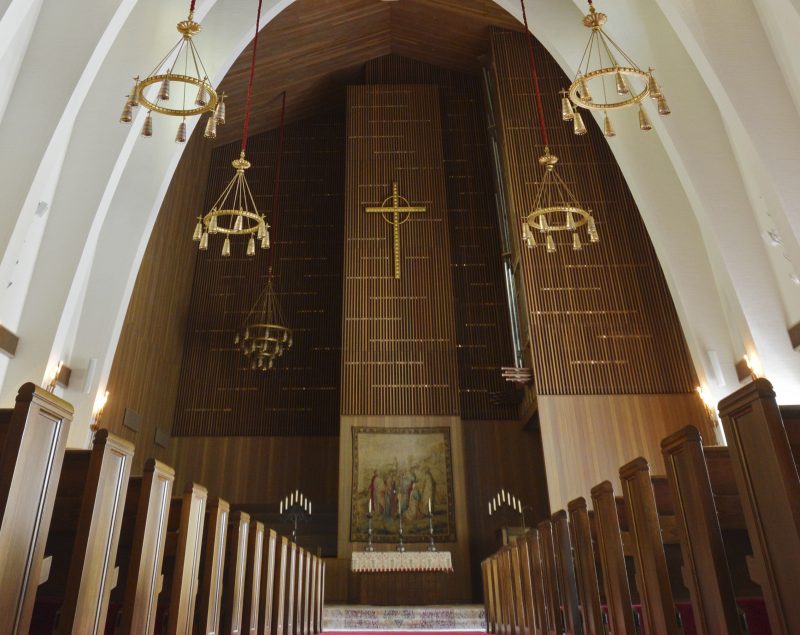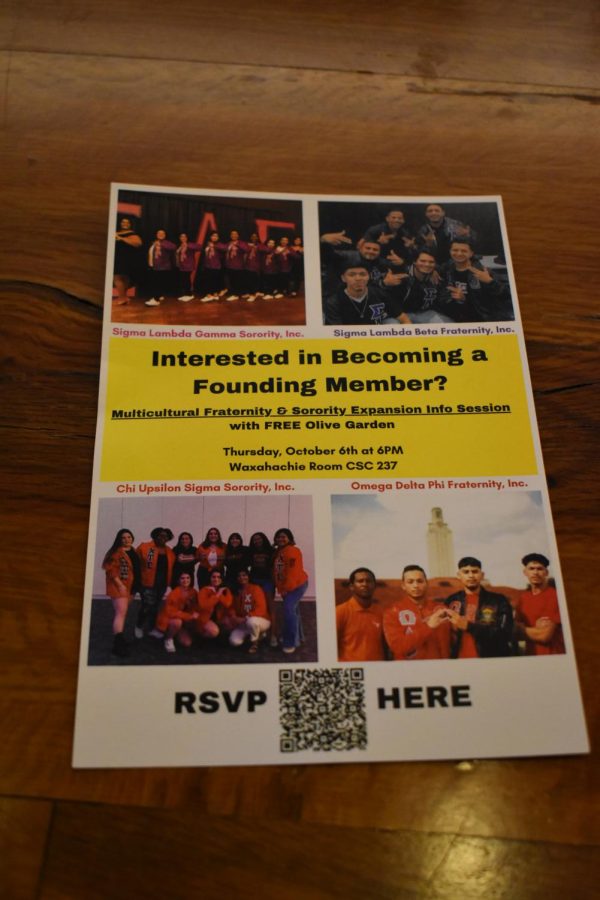Several months ago, Doug Brackenridge gave me a tour of the Trinity campus. Brackenridge, a retired Trinity professor of religion, wrote a book on the history of Trinity titled “Trinity: A Tale of Three Cities.” When Doug and I reached the Margarite B. Parker Chapel, he explained the symbolism of the building’s north wall — the one constructed of glass. The obvious purpose behind using clear glass was to let ample light into the building. Beyond that practical concern, this glass wall was designed to allow people in the chapel to look out on the science building. The architecture conveyed the conviction that religion should inform science and, conversely, that science should inform religion. In other words, religious life on the Trinity campus should not be confined to the chapel, but rather open to dialogue with science and all other academic disciplines. By the time the chapel was finished, instead of looking out on the science building, the glass wall faced a parking lot! Thus, the view was subsequently modified to feature an attractive and functional meditation garden.
Still, the symbolism that was originally envisioned is worth our consideration. To many people today, the very mention of religion sounds a discordant note. Perhaps one reason for this discord is that we tend to narrow the definition of religion to refer only to a set of doctrinal beliefs. In its Latin root, however, our English word for religion is “religare,” which means to connect. In this sense, religion connects all aspects of our lives and endeavors to larger questions of meaning and purpose. Like the chapel’s glass wall, religion opens the doors of perception to deeper understanding.
In the 1950s, Dag Hammarskjold served as secretary-general of the United Nations. In addition to his diplomatic service, Hammarskjold was a deeply spiritual man and kept a journal of his reflections. After his death, these reflections were compiled in a book called “Markings.” In one of his reflections he wrote, “God does not die on the day when we cease to believe in a personal deity, but we die on the day when our lives cease to be illumined by the steady radiance, renewed daily, of a wonder, the source of which is beyond all reason.”
It’s that “steady radiance of a wonder” that illumines our lives and permeates every area of academic pursuit. Such radiance, mystery and awe are fully as present in the chemistry lab as in a chapel worship service. The Parker Chapel reminds us, through its glass wall and meditative garden, to stay open, stay connected and stay tuned to a radiant presence that cannot be confined to a designated religious space.






